Lesson summary
Students will understand Indonesia’s farming practices and how environmental changes are having significant effects on world supplies. They will compare other countries' farming practices and decide whether they think adopting regenerative farming practices might be beneficial.
Learning intentions:
Students will...
- understand Indonesia’s farming practices and the challenges they are facing
- understand the agricultural processes of other countries around the world
- recognise the key elements of regenerative farming and explore whether adopting regenerative farming practices may help Indonesia and other countries around the world in their food production.
Success criteria:
Students can...
- critique the pros and cons of adopting regenerative farming practices in Indonesia and around the globe to aid in the production of food.
Lesson guides and printables


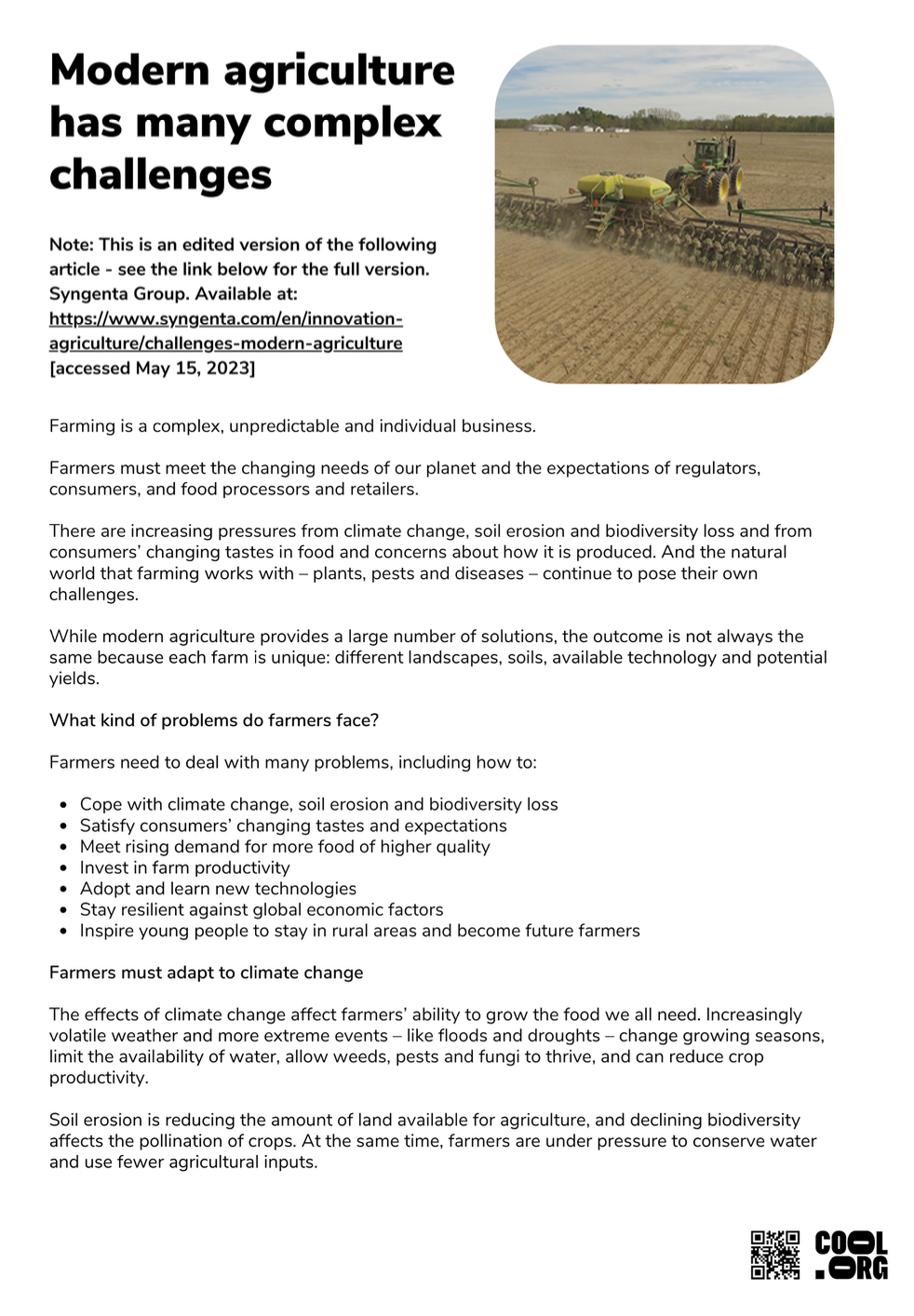
Curriculum links
Select your curriculum from the options below.
Lesson details
Skills
This lesson is designed to build students’ competencies in the following skills:
- collaboration
- communication
- global citizenship
- intercultural understanding
Curriculum Mapping
Australian Curriculum (v9.0) content descriptions - Geography Year 9
Students learn to:
- understand the challenges to sustainable food production and food security in Australia and appropriate management strategies (AC9HG9K04)
- understand the environmental, economic and technological factors that impact agricultural productivity, in Australia and a country in Asia (AC9HG9K03)
General capabilities: Literacy, Critical and Creative Thinking
Cross-curriculum priority: Sustainability.
Relevant parts of Year 9 Geography achievement standards:
Students analyse the interconnections between people and places and environments. Students analyse strategies to address a geographical phenomenon or challenge using environmental, social or economic criteria.
UN Sustainable Development Goals
Target 2.4: By 2030, ensure sustainable food production systems and implement resilient agricultural practices that increase productivity and production, that help maintain ecosystems, that strengthen capacity for adaptation to climate change, extreme weather, drought, flooding and other disasters and that progressively improve land and soil quality
Target 15.3: By 2030, combat desertification, restore degraded land and soil, including land affected by desertification, drought and floods, and strive to achieve a land degradation-neutral world.
Resources Required
- article - Climate change to drastically cut Indonesia's rice, coffee produce: Study
- article - Indonesia’s Rice and Coffee Market at Risk Due to Climate Change
- article - Modern agriculture has many complex challenges
- devices with internet access for students to use
- laptop
- projection ability (for videos)
- Student Worksheet - one per student
Additional Info
Level of teacher scaffolding: Low - teacher will need to set up a world map for the class (e.g. here) and facilitate basic discussions and keep students on task.
Special thanks to:

This lesson has been developed with the support of the Macdoch Foundation.
Cool.org's curriculum team continually reviews and refines our resources to be in line with changes to the Australian Curriculum.
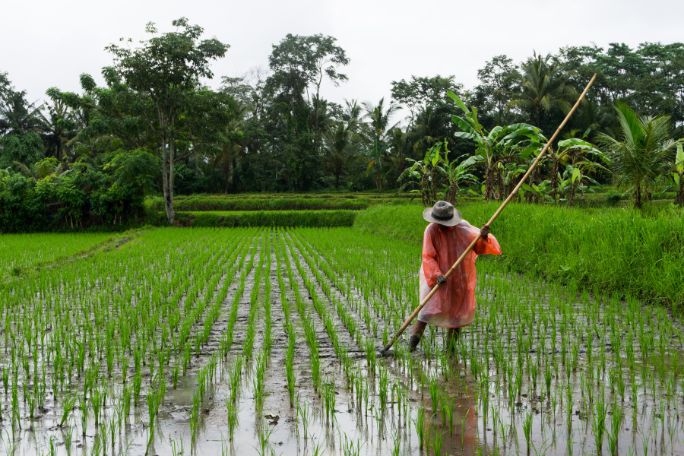
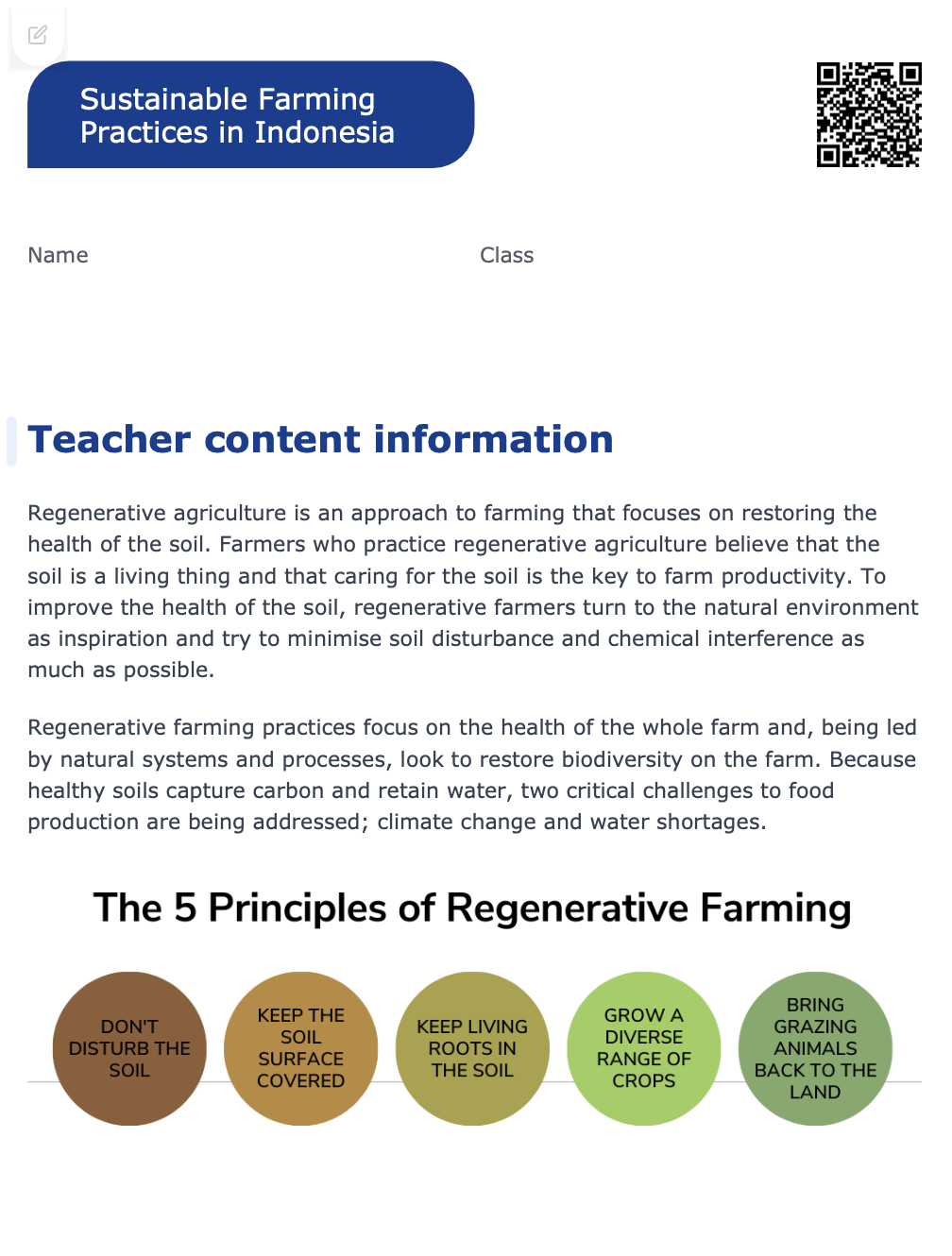
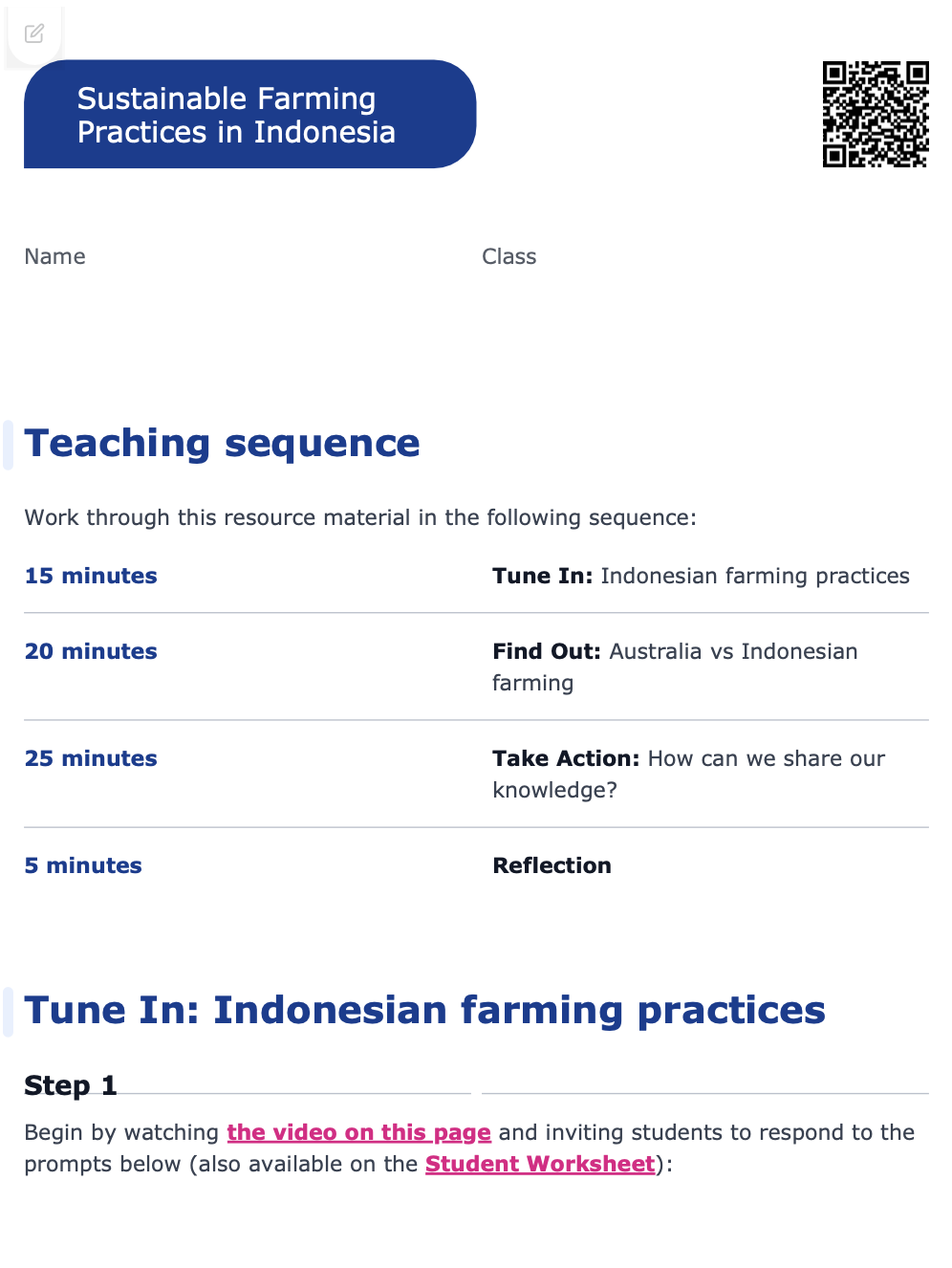
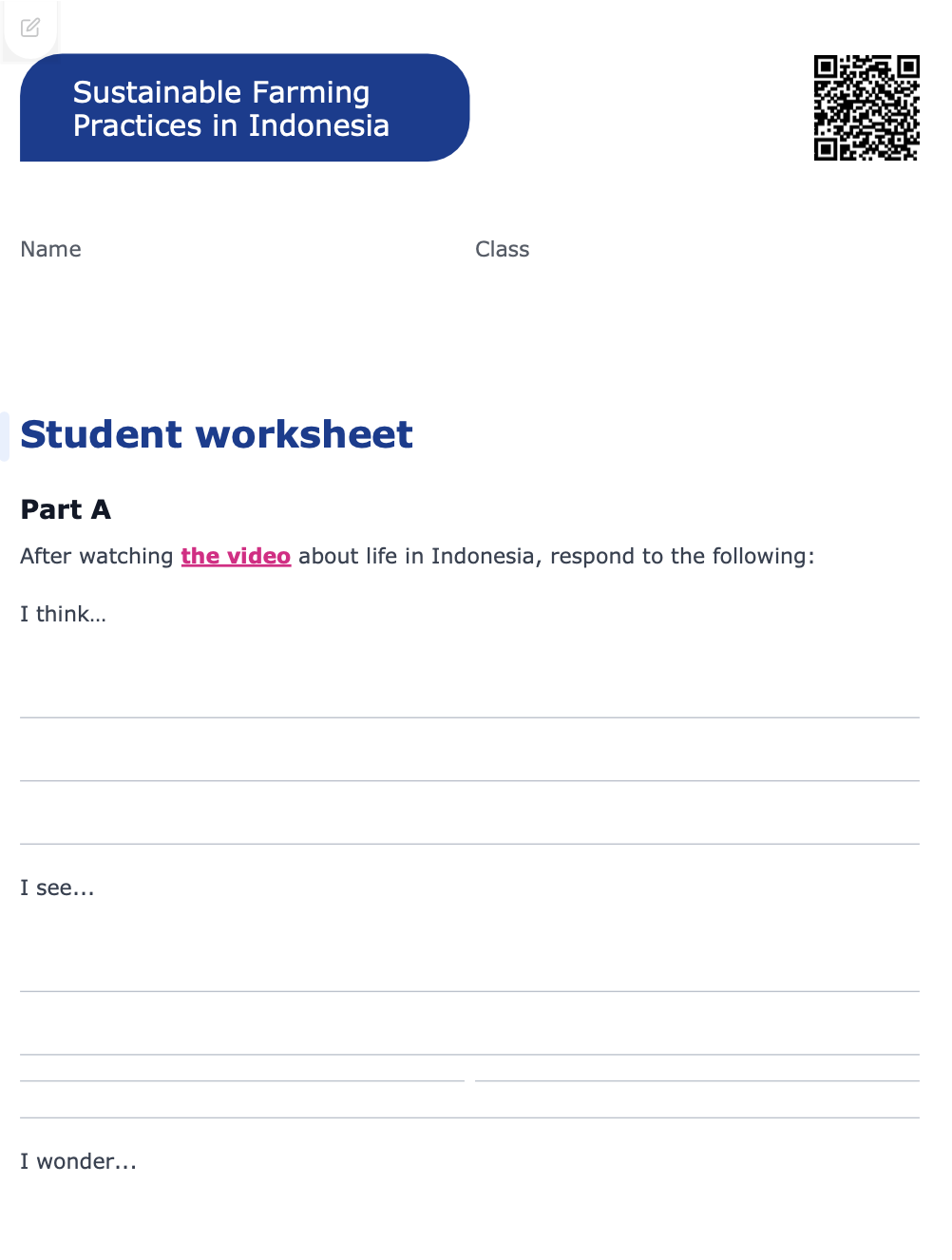
Welcome back!
Don't have an account yet?
Log in with:
Create your free Cool.org account.
Many of our resources are free, with an option to upgrade to Cool+ for premium content.
Already have an account?
Sign up with:
By signing up you accept Cool.org's Terms and Conditions(Opens in new tab) and Privacy Policy(Opens in new tab).